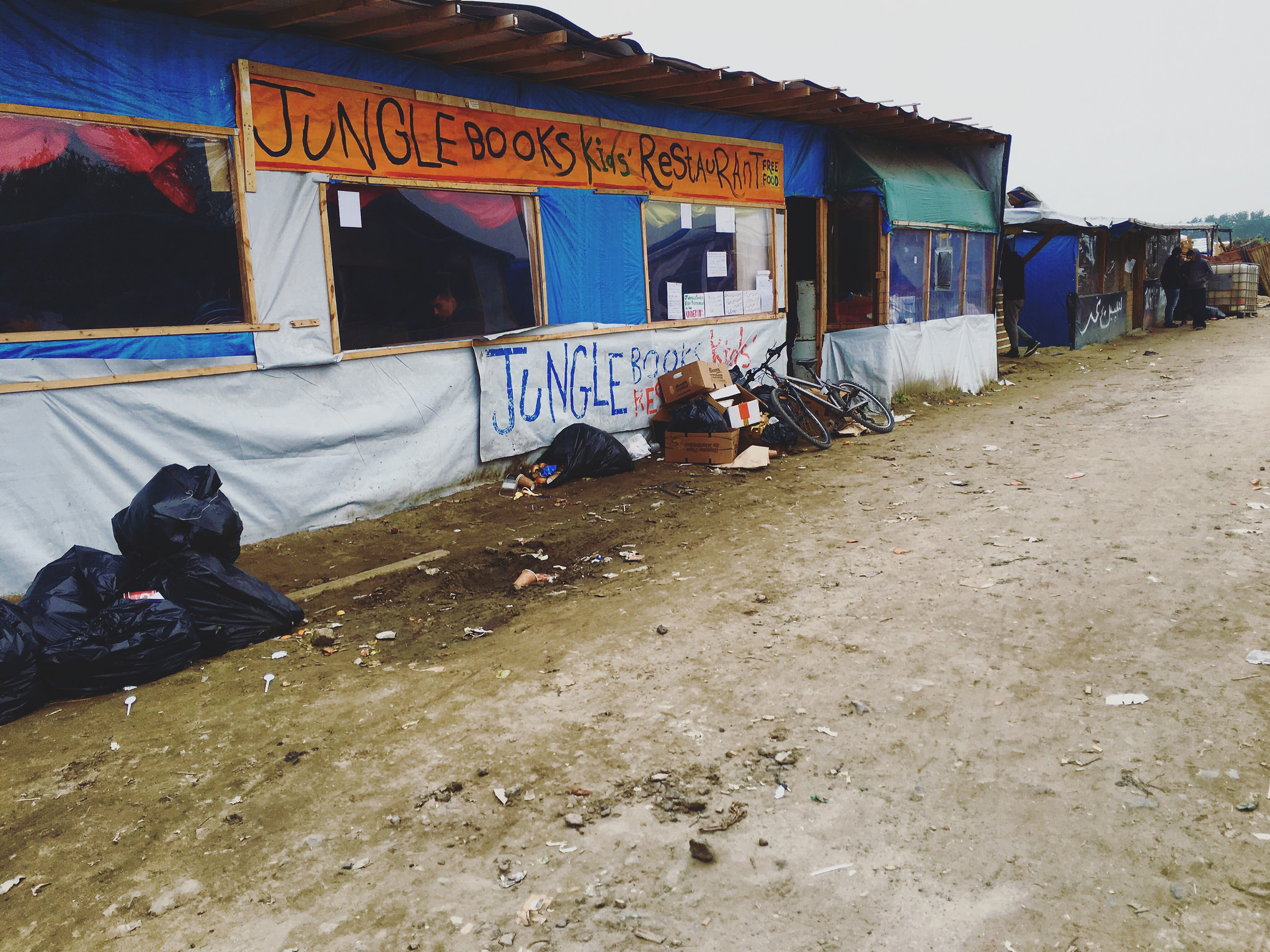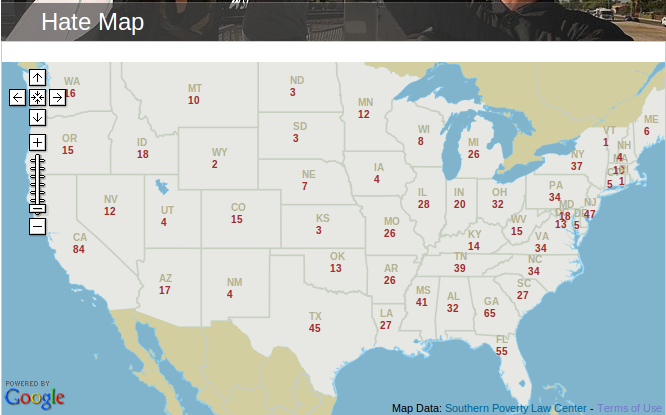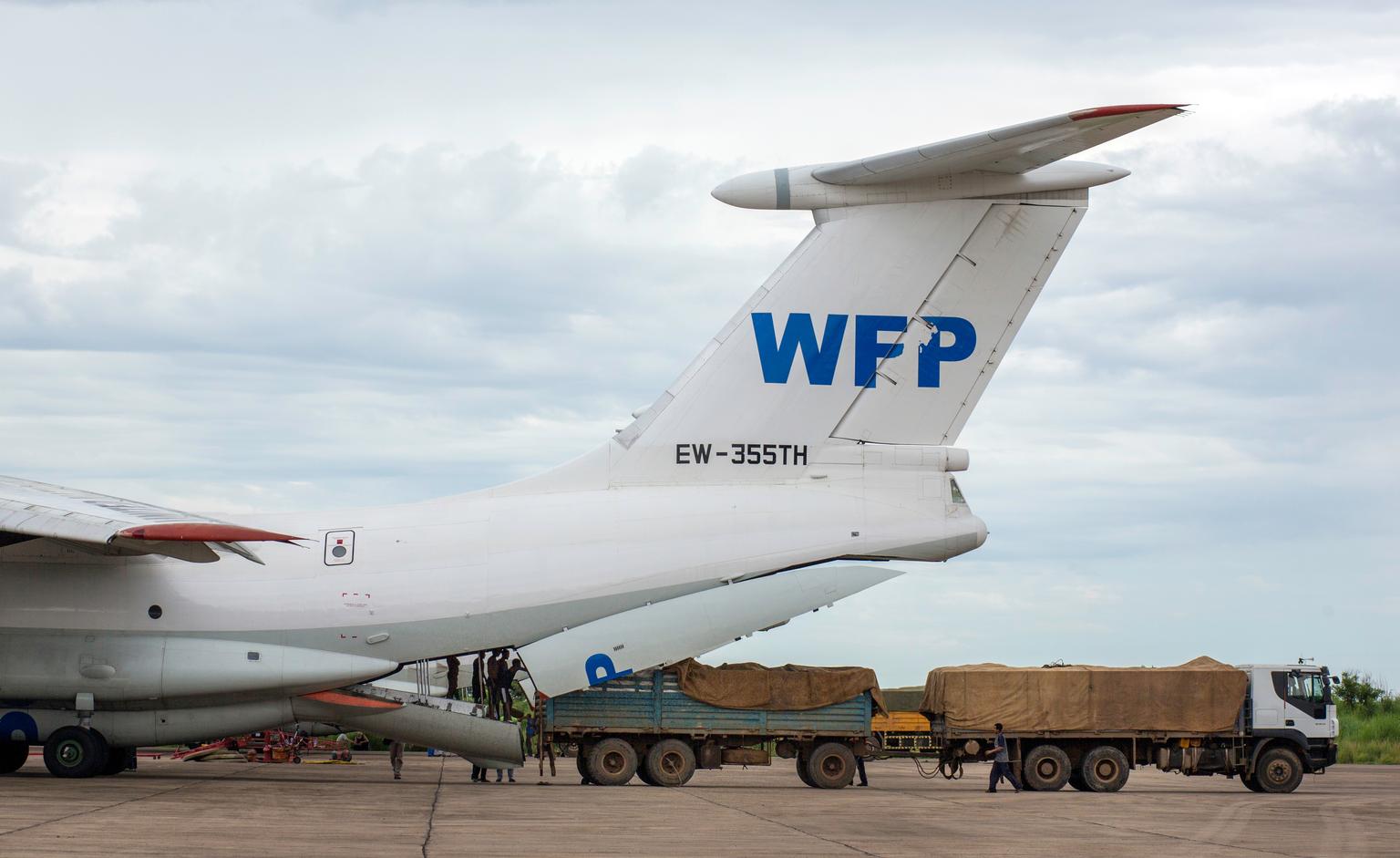Guest post by Justin Schon.
Whether it is people fleeing the devastation of natural disasters like Hurricanes Katrina, Harvey, or Maria, armed conflict in Syria or Somalia, or the combination of conflict and famine in South Sudan, policymakers worldwide are concerned about migration. This concern produces calls to not just explain, but predict, migration flows. Before this can be achieved, however, we need an effective over-arching framework through which to understand migration.
Migration is often understood through a combination of “push” and “pull” factors. Reasons to leave are push factors. Reasons to select specific destinations are pull factors. This characterization of the migration process is about as far as migration research has come in developing an over-arching framework to explain migration behavior.
This framework is very appealing for its simplicity in explaining a topic that can seem to hold dizzying complexity. Yet, it only tells half the story. Push-pull factors lead us to consider motivation. They do not intuitively lead us to consider opportunity.
Motivation and opportunity to leave
My forthcoming article highlights the necessity of considering motivation and opportunity to migrate for Syrian civilians. Violence in residential areas, mediated through social and psychological mechanisms, influences motivation. The ability to secure protection from violence along migration routes influences opportunity. Both are necessary to influence migration behavior.
While my own research focuses on migration during armed conflict, motivation and opportunity are also important for migration that is unrelated to conflict. The inverse-U relationship between income and international migration provides a prime example. People below a certain income level may wish to migrate but lack the resources to do so. Rising to moderate income levels may not remove motivations to migrate, but it can provide the resources to migrate. Finally, rich individuals may not be motivated to migrate and therefore choose not to migrate, despite having plenty of resources.
Motivation and opportunity to arrive
A comparable breakdown is needed to explain how people end up in specific destinations. A Syrian or Somali civilian may want to travel to the United States, Germany, or Sweden, but a lot of obstacles stand in their way. These include, but are not limited to: numerous country borders to cross, border walls, high-tech border security, restrictive immigration policies, inhospitable transit country conditions, and unwelcoming populations in destination countries.
While there is certainly plenty of room to investigate and improve understandings of individual factors, a broader understanding can help us to understand why one individual factor may not have its own independent effect upon migration. A framework of “Motivation and Opportunity to Leave, Motivation and Opportunity to Arrive” is a lot less catchy than “Push-Pull”—but that does not reduce its importance. As internal and international migration continue to drive policymakers to update their policy responses, it is also essential for us to update our explanations of migration. Our over-arching framework is a good place to start.
Justin Schon is a postdoctoral associate on the MURI Migration project at the University of Florida. You can follow him on Twitter at @goliathSchon.






